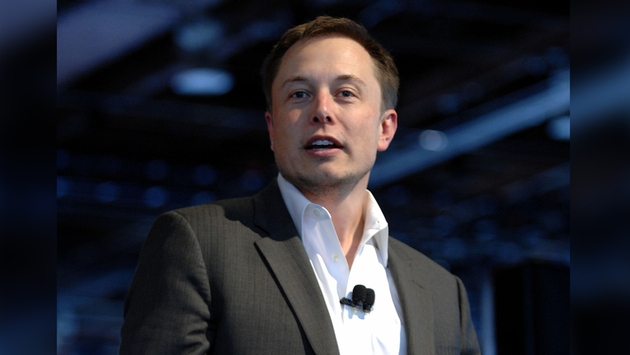For more travel inspiration, follow Steele Luxury Travel on Instagram: STEELETRAVEL
By Josh Lew
Tesla and SpaceX founder Elon Musk always seems to find his way into the headlines. Now, the famous entrepreneur is looking at new ways to travel. One of his latest projects, Hyperloop, involves sending passenger “pods” at 600 mph through passageways that are not unlike the pneumatic tubes used by banks.
There are plans to test a full-sized model of the Hyperloop as early as this year. Meanwhile, Musk’s main company, Tesla Motors, is releasing its first SUV, the Model X, later this year.
Electric airliners?
While the Model X and Hyperloop are in the pipeline, so to speak, Musk has started to work on other ideas. He has made several statements about wanting to take electric transportation into the air. In an interview late last year, he told NPR that he was thinking about an electric airplane that would not only run on battery power, but would be able to take off and land vertically, thus eliminating the need for a runway.
At a recent award ceremony for students designs related to the Hyperloop project, Musk said that he has still been thinking about the battery-powered, vertical takeoff jet and was “quite tempted to do something about it.”
Is it realistic?
Is this a realistic idea? Vertical takeoff, fully electric commercial planes are a very long way off, though the aviation industry is certainly interested in experimenting with hybrid technology.
That said, Musk’s idea is not as far-fetched as one might first expect. Last summer, one of the most promising electric flying designs, the Airbus e-Fan, flew across the English Channel. The plane traveled from Kent, England to Calais, France at speeds that averaged about 100 mph.
The flight was successful, but it also illustrated the things that are blocking the way for any mass production of electric airplanes. The first problem is range. The e-Fan can only stay in the air for about 50 minutes. The cross-channel test flight took about 40 minutes, so there is an obvious safety problem. If there are any delays, the engines of an all-electric plane will simply stop in mid air.
Despite this, Airbus plans to begin producing the e-Fan in 2017.
NASA working on a similar idea
Elon Musk has been dealing with the limited range of battery power at his car company. So, at least as far as that particular problem, his design teams have a head start on anyone other electric plane builders. On the road, the Model X will have a range in excess of 250 miles, roughly the same as a tank of gas. The challenge is to match the range of a gas engine in the air as well.
NASA has been testing a plane that is a bit closer to the kind of aircraft that Musk is hinting at. The 10-engine flier, called Greased Lighting, can take off vertically, like a helicopter, but fly like an airplane. Thus far, NASA has only tested a radio controlled version of the design. The test drone had a 10-foot wing span; it was hardly large enough to carry passengers.
Musk’s current companies have as much experience with battery power as anyone else, and he seems to be able to get financial backing for his projects, no matter how outlandish they seem. An electric airplane could, indeed, be in the future.
Steele Luxury Travel
www.SteeleTravel.com

